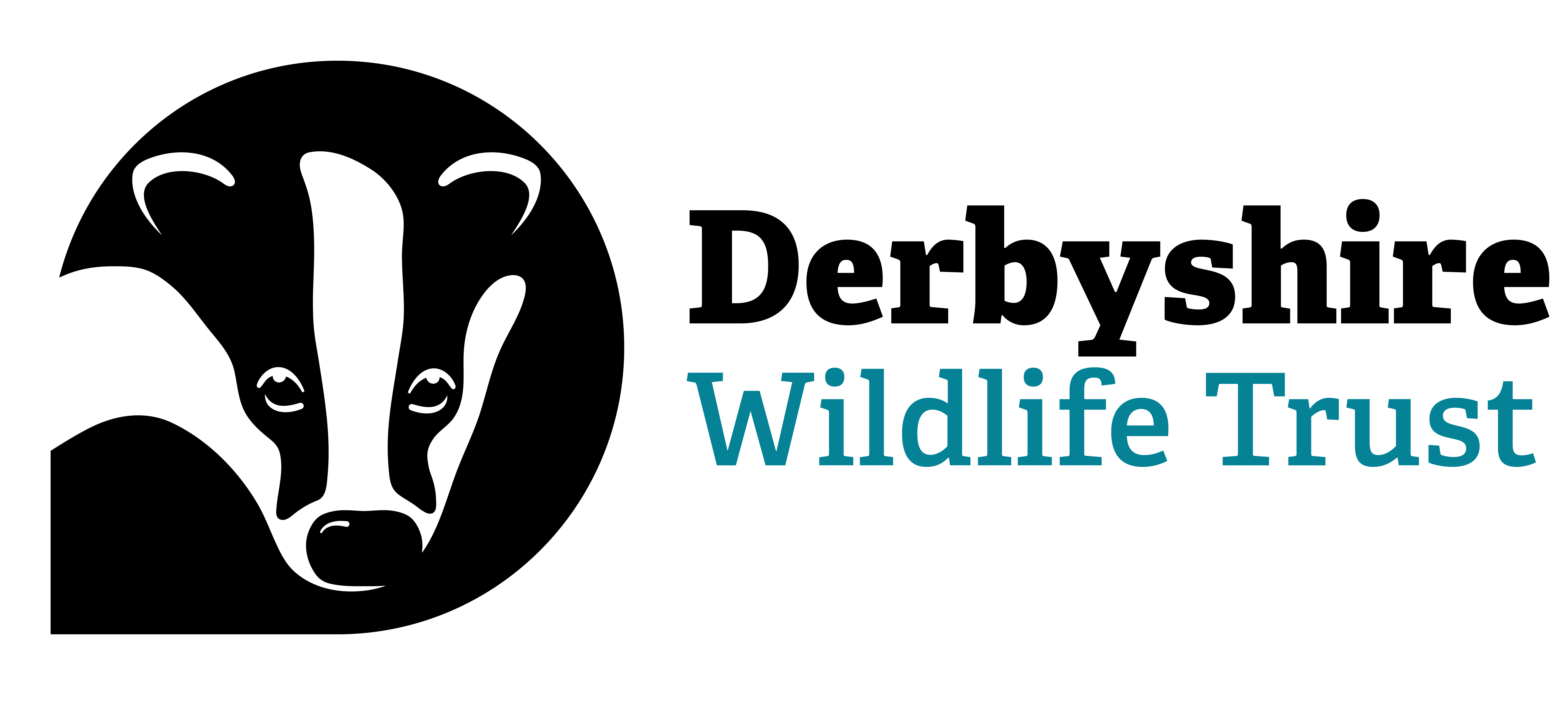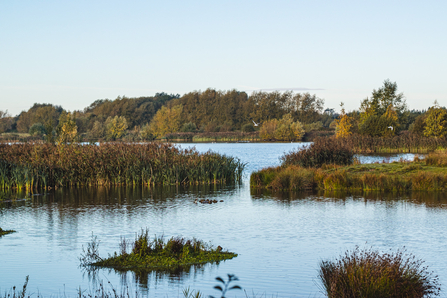Wetland habitats take many forms, from upland peat bogs through to valley mires, floodplain meadows and vast reedbeds. Whether fed by rain or groundwater, these wet habitats all need a water supply to create the conditions that keep their soils, vegetation and resident species happy and healthy. In the UK we have lost a startling 90% of our former wetlands, often by draining them to make way for agriculture, development, forestry and other land uses. Healthy wetlands store carbon and slow the flow of water, cleaning it naturally and reducing flood risk downstream. They support an abundance of plant life, which in turn provide perfect shelter, nurseries and breeding grounds for wildlife.
Here are the top 5 things that wetlands do for us as a society:

